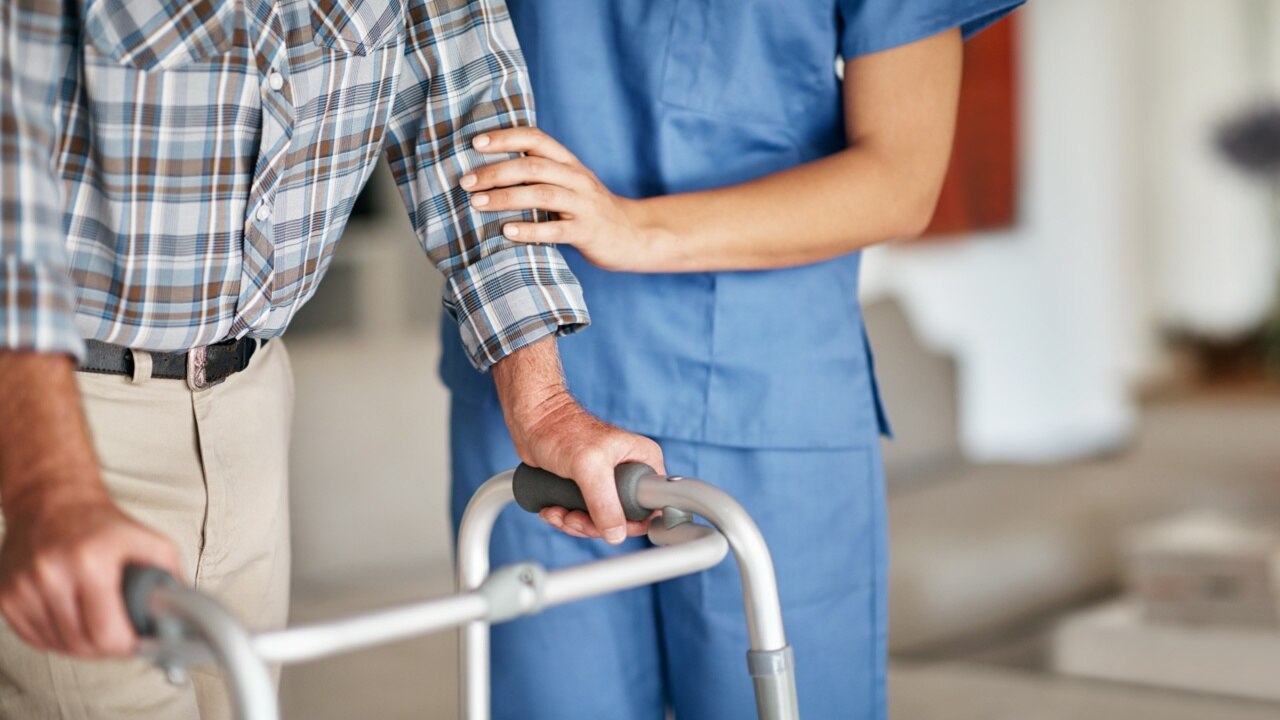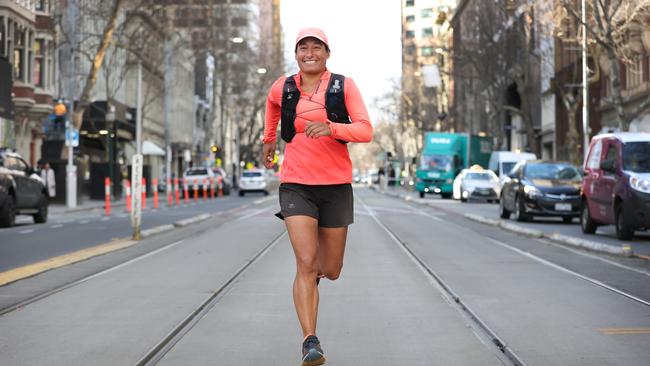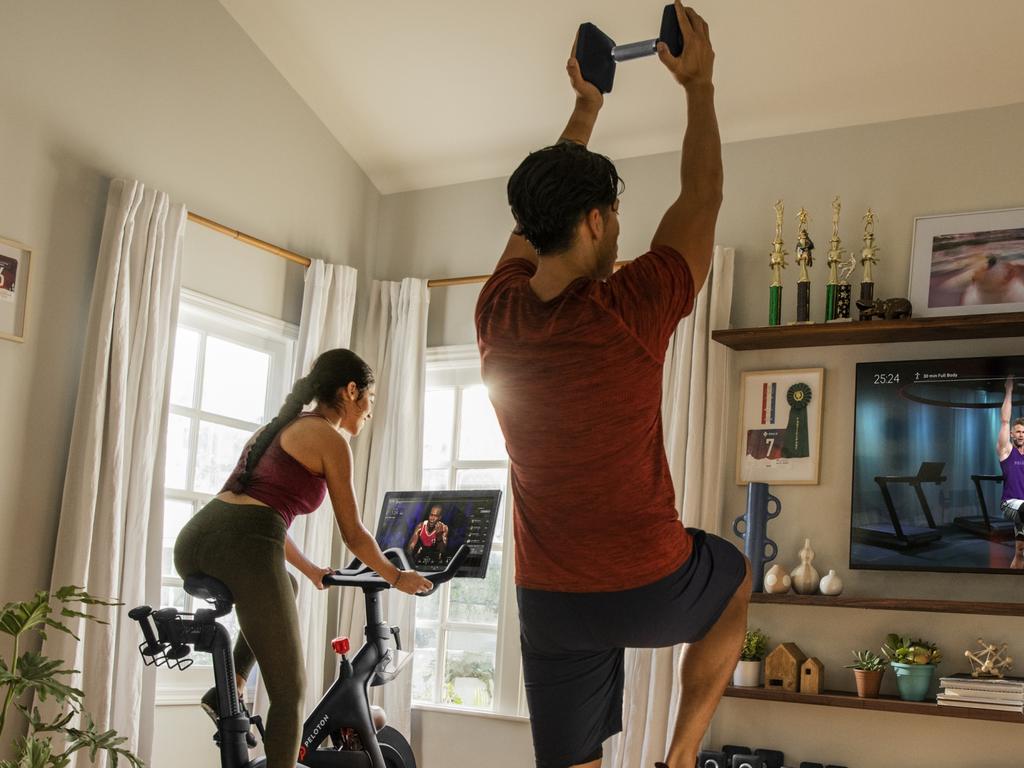The fitness regimes that could help ward off dementia
Three studies have demonstrated that the way you work out could be key to warding off cognitive decline. Here’s where to start.

If you want to protect your brain, pull on your trainers. That is the message from three recent studies investigating the benefits of physical activity in protecting against cognitive decline.
According to the Alzheimer’s Society (AS) there are 900,000 people living with dementia in the UK. While some risk factors, including genetics, are beyond our control, Dr Richard Oakley, associate director of research at AS, says there are habits we can adopt that will improve our chances of prevention.
And of all the lifestyle changes that have been studied, exercising appears to be one of the best. “Not only does regular exercise help lower your risk of getting dementia and other health conditions, it boosts your mood and can be adapted for everyone,’‘ he says.
Anything from a swim to gardening can help, partly by improving circulation of nutrients and oxygen to the brain. Chemicals released by the body when we exercise more intensely might also be at play. What the new studies have attempted to find out is whether the type, intensity and duration of an activity could bring different levels of protection.

In one of the papers, published in Neurology, researchers looked at data on 501,376 participants in the UK Biobank who initially had no signs of memory loss. During the 11-year follow-up, 5,185 of the participants had developed dementia but in those who had reported doing vigorous activity throughout, the risk was reduced by 35 per cent. What surprised researchers from Sichuan University in China was that even doing household chores offered significant gains, slashing the risk of dementia by 21 per cent.
Meanwhile, a review of 38 studies involving two million participants published in the same journal showed that committed exercisers - those who ran, played sports, worked out at the gym, swam, cycled or danced - were at a 17 per cent reduced risk of dementia than those who were not regularly active.
And, in a 30-year study that followed a group of 7 to 15-year-olds through to adulthood, Australian researchers recently found that those who were fittest as children had better “cognitive performance in midlife”.
Here are the best ways to get moving to boost your brain health.
WALKING
How much: 20 minutes a day
In the latest Peking University study regular walking was one of the activities shown to produce a 17 per cent reduction in risk of dementia. But how much is enough?
This year researchers at Washington Veteran Affairs Medical Centre in Washington DC suggested walking briskly for 20 minutes a day or two and a half hours a week from middle age on will boost fitness to a level that will lower the risk of dementia. The fittest participants in the study were 33 per cent less likely to develop Alzheimer’s than those who did little exercise. Even in people with some age-related memory impairment, walking helps to improve power of recall as shown in a year-long study in the Journal of Alzheimer’s Disease.
HITT
How much: Add fast four-minute bursts to walking, running or cycling three times a week
If you prefer to break your workouts into short intense bursts of effort, there is evidence that the HIIT (high-intensity interval training) approach can improve memory in older adults, according to Jennifer Heisz, associate professor in kinesiology and director of the NeuroFit Lab at McMaster University in Canada and author of Move the Body, Heal the Mind.
Heisz and her team recruited 64 healthy but sedentary adults aged 60 to 88 and asked them to participate in three-weekly exercise sessions: either 50 minutes of moderate-intensity continuous exercise, ie walking, on a treadmill; a 50-minute HIIT walk with four four-minute “bursts” of high-intensity walking; or light stretching.
Fitness improvements correlated directly with boosted memory and the HIIT walkers saw the biggest gains with an impressive 33 per cent improvement in high-interference memory, the type that allows us to remember new phone numbers or distinguish one model of car from another, for example, over those who did only the light stretching. “Exercise is a promising intervention for delaying the onset of dementia,” Heisz says. “But if you are starting late in life and want to see results fast, our research suggests you may need to increase the intensity of your exercise.”

YOGA AND MEDITATION
How much: A weekly 60-minute yoga class and 12-minute daily meditation
Helen Lavretsky, a professor of psychiatry and researcher at the University of California, Los Angeles, has shown that yoga can bring profound benefits for adults older than 55 and with mild cognitive impairment. Over 12 weeks a group who practised weekly yoga classes that included elements of moving and chanting and also meditated daily for 12 minutes experienced improvements in visual and verbal memory for up to six months afterwards. Brain scans revealed increased neural connectivity in the default mode networks (DMNs) of their brains where complex decisions are made and memories are stored.
T’AI CHI AND BALANCE EXERCISES
How much: Five times a week (or stand on one leg daily)
Regular sessions of t’ai chi can help to slow down cognitive decline that occurs with ageing. When 42 healthy women aged 60 or older practised either t’ai chi or walking for 90 minutes five times, the t’ai chi appeared to be “more effective in enhancing episodic memory” and changes in brain structure and function led the team of international researchers to suggest it “is likely to benefit memory function”.
If the long, slow approach isn’t for you, add balance exercises - such as standing on one leg with eyes open, then closed - to your daily routine.

DANCING
How much: Four times a week (in your kitchen is fine)
Dancing has been shown to slow the onset of cognitive decline - in one study of older people, those who danced regularly were found to have a 76 per cent reduced risk of dementia. Not every type of dancing produced the same neural benefits, with the team from the Albert Einstein College of Medicine suggesting that more freestyle dancing, such as the waltz, foxtrot and swing, was more effective at creating new neural pathways than dance forms that rely on memorised sequences, partly because the brain is forced into making quick decisions about which way to step and turn.
LIFT WEIGHTS
How much: At least 20 minutes 2-3 times a week
Aerobic exercise may have the best brain-boosting reputation but lifting weights has been shown to slow and even halt degeneration in brain areas vulnerable to Alzheimer’s disease in studies at the University of Sydney.
People with mild cognitive impairment, a strong risk factor for dementia, were asked to take part in either computerised brain training, strength training or a combination of the two for six months followed by their usual activity for 12 months.

The strength training sessions, performed 2-3 times a week, were arduous, comprising three sets of eight repetitions of 5-6 exercises performed on gym machines and designed to target most major muscle groups. But results showed the effort was worthwhile.
In those who did no strength training there was distinct degeneration in subregions of the hippocampus, part of the brain involved with learning and memory, which had shrunk by 3-4 per cent over the 18-month trial.
In the strength-training group, there was only 1-2 per cent shrinkage, and none at all in subregions of the brain.
HOUSEHOLD CHORES
How much: 30 minutes daily
In the study of 501,376 UK Biobank participants, those who reported doing chores such as washing and ironing regularly had a 21 per cent lower risk of developing dementia over 11 years.
Use more elbow grease and there could be greater benefits, according to earlier research. Healthy people in their sixties and older who did any chores daily were shown to have sharper mental abilities and cognitive scores 8 per cent higher than those doing little housework.
But doing “heavy’‘ chores, such as changing the bed, washing windows and mopping the floor, resulted in a 14 per cent higher attention score.
RUNNING
How much: At least 15 minutes 3-4 days a week
From animal studies, researchers know that muscle tissues secrete a protein, cathepsin B, that is transported to the brain, where it aids memory.
But neuroscientists showed that levels of the protein spiked in previously sedentary young people who were asked to a run on a treadmill several times a week for four months. And it meant they performed better in memory tasks that involved recalling and drawing a geometric pattern that was shown to them half an hour previously.

You could try running in bare feet on grass - Professor Tracy Alloway, a psychologist at the University of Northern Florida, found there was a 16 per cent increase in working memory performance in barefoot runners compared with those wearing shoes, possibly because shedding shoes meant they relied more heavily on memory to steer clear of obstacles.
The Times





To join the conversation, please log in. Don't have an account? Register
Join the conversation, you are commenting as Logout